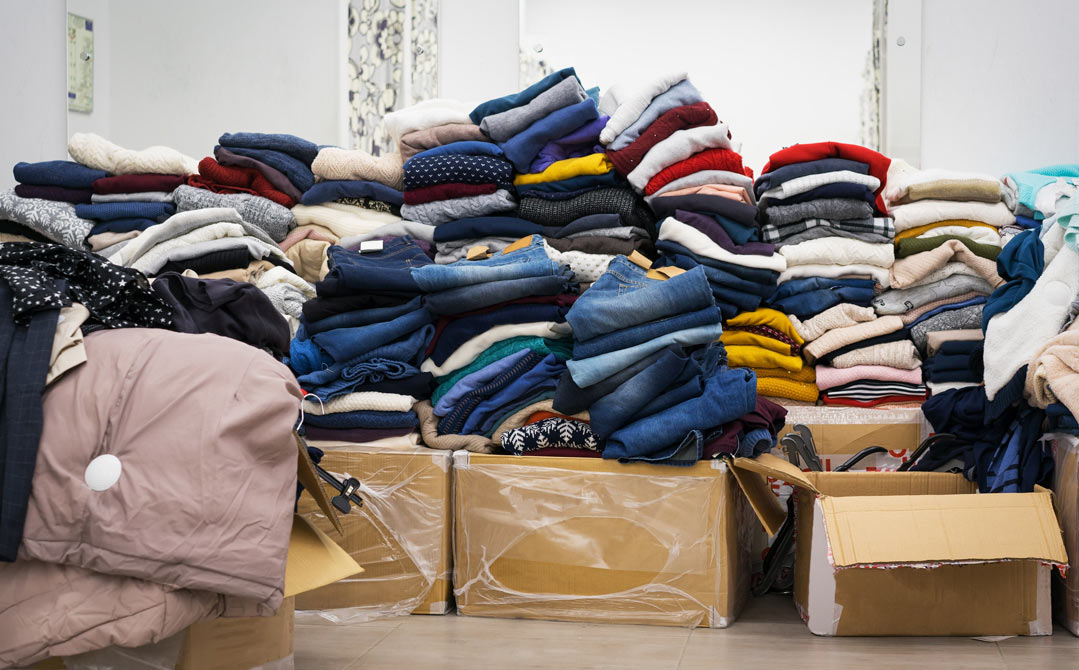Introduction
In an era marked by environmental https://www.burberrysoutletstore.com/ consciousness and a growing awareness of the impact of consumerism, second-hand clothes have emerged as more than just a budget-friendly option—they represent a sustainable and chic choice. This article explores the rising trend of second-hand clothing, examining its appeal, benefits, and the positive impact it can have on both individuals and the planet.
The Allure of Second-Hand Fashion
1. Eclectic Style Choices
One of the most enticing aspects of second-hand clothes is the treasure trove of styles from various eras. Vintage dresses, retro blazers, and classic accessories allow individuals to curate a wardrobe that is truly one-of-a-kind. Embracing second-hand fashion becomes a journey through time, with each piece telling a unique story.
2. Economic Savvy
Beyond the environmental benefits, purchasing second-hand clothing is a savvy economic choice. Quality garments from reputable brands can be found at a fraction of the original cost, enabling individuals to build a diverse and high-quality wardrobe without breaking the bank.
The Environmental Impact
1. Reducing Fashion Waste
Fast fashion’s rapid turnover contributes significantly to environmental waste. Second-hand shopping helps mitigate this impact by extending the lifespan of clothing items. Each pre-loved purchase is a small victory against the culture of disposability that characterizes contemporary fashion.
2. Lowering Carbon Footprint
The production of new clothing involves significant energy consumption and carbon emissions. Opting for second-hand clothes reduces the demand for new manufacturing, thereby lowering the overall carbon footprint associated with the fashion industry.
Thrifting as a Lifestyle
1. Community Building
Thrifting, or shopping for second-hand items, has become a https://valentino-outlet.us/ community-driven activity. Local thrift stores, online platforms, and flea markets create spaces where individuals with a shared passion for sustainable fashion can connect. It’s not just about finding unique pieces; it’s about building a community dedicated to conscious consumption.
2. DIY and Upcycling
Second-hand clothes often serve as blank canvases for creative expression. DIY projects and upcycling initiatives turn ordinary finds into personalized masterpieces. This not only adds a touch of individuality to one’s wardrobe but also promotes a culture of reusing and repurposing.
Overcoming Stigmas
Despite its many advantages, second-hand fashion still faces certain stigmas. Some may associate it with outdated or worn-out clothing. However, the reality is quite the opposite—thrifting offers a curated selection of high-quality items that stand the test of time.
Conclusion
Embracing second-hand clothes is more than a fashion choice; it’s a lifestyle that aligns with sustainability and individuality. As consumers become increasingly conscious of their environmental impact, the allure of second-hand fashion continues to grow. From reducing fashion waste to fostering a sense of community, each thrifted item represents a step towards a more sustainable and stylish future.






